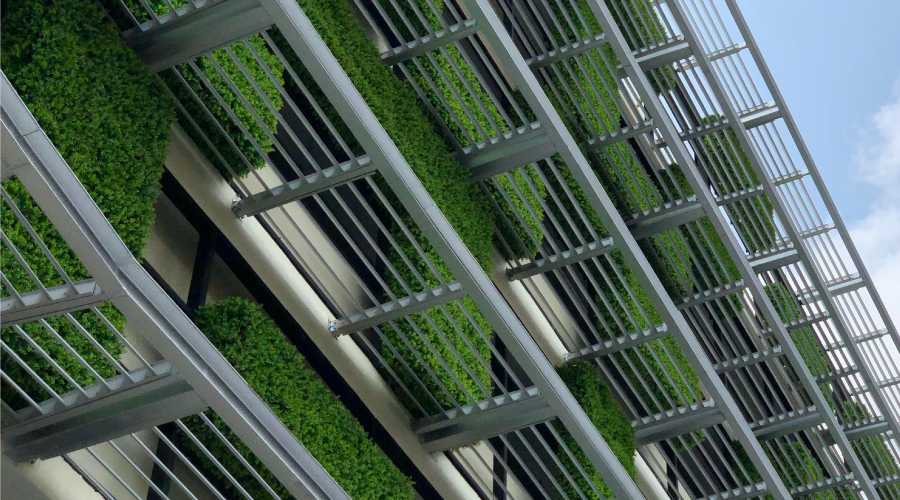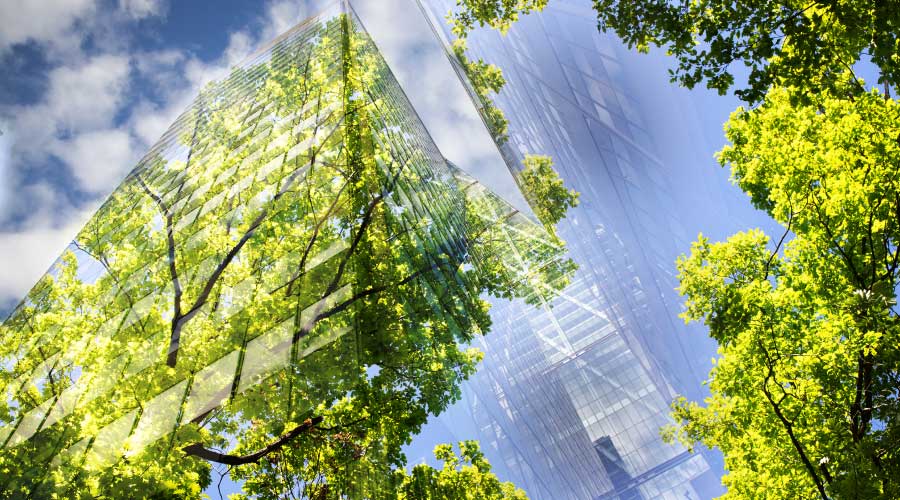Finding Best Financing Options for Energy Efficiency Projects
For facility managers, stretching scant capital as far as possible to get the best return is one of the constant quandaries of the profession. These days, projects, especially those with an energy efficiency component, usually aren't simply bought and paid for. They're frequently financed or contracted, often in increasingly creative ways. But wading through the various options for how to borrow money can be mystifying. Third-party contract options, accounting procedures, tax deductions, loan structures, and utility rebates and incentives seem to change on a near-daily basis. With a new project on the drawing board — whether a simple lighting upgrade or a full-scale deep energy retrofit — facility managers have to look carefully not just at the combination of measures that result in the biggest savings over time, but also a variety of financing options to determine the lowest cost of money that enhances the payback, not lessens it.
Generally speaking, these financing options fall into two categories: The first includes contracts with a third-party company or vendor. The second includes financing options that an organization can do itself, such as property assessed clean energy (PACE) and utility on-bill financing.
How facility managers and building owners decide on a financing vehicle for a project depends on a number of factors, including the scope of the project, the organization's philosophy on debt and its creditworthiness, and the availability of options in a particular location. But by understanding these financing options, facility managers can take steps toward ensuring the most cost-effective way of financing their projects.
Spending the requisite front-end time to have a clear idea of what will be included in an upgrade project is truly the first step. This means focusing on total cost of ownership for the project, instead of first cost. "Understand the unique characteristics of the project," says Casey Bell, senior economist and finance policy lead for the American Council for an Energy Efficient Economy (ACEEE). "Higher upfront cost may yield better long-term energy savings."
Price Down the Project
Experts suggest a few first steps to begin matching a financing vehicle with the project. "The first thing is to price down with incentives or rebates," says Lindsay Audin, president of EnergyWiz. "Whatever financing vehicle you use is going to have an interest rate. So you want to get that capital number down so you're financing a smaller number."
And to do this, "the first step really is familiarizing yourself with options in your jurisdiction," says Charlotte Kim, a partner with the law firm Wilson Sonsini Goodrich and Rosati. "Markets are very fragmented."
Additionally, at least have a conversation with the organization's financial folks about capital that might be available for energy efficiency. Organizations are increasingly seeing energy efficiency as a good investment, so capital might be available, and Audin suggests that an organization use as much of its own capital as possible, much like a down payment on a car.
Donald Gilligan, president of the National Association of Energy Service Companies (NAESCO), agrees: "Put some of your own cash into any project," he says. "The typical project isn't just financed in one way. A project pieces together several options."
Related Topics:















